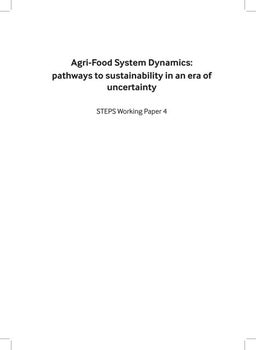Four Easy Steps to Successful Worm Composting Biology Diagrams A good rule of thumb is to feed them about half their weight in food scraps per day. For example, a pound of worms can consume about half a pound of food scraps per day. It is important to monitor how quickly the worms are consuming food and adjust the quantities given to match their consumption rate. Frequently Asked Questions (FAQs) About What are red worms used for? These worms are commonly used to produce vermicompost, as well as for fish bait. Both are referred to by a variety of common names, including red worms, red wigglers, tiger worms, brandling worms, and manure worms. What role do compost worms play in the ecosystem? Worms help to increase the amount of air and water

Rule #3: Never feed your compost worms until all food from the prior feeding is consumed/processed. You'll know the compost worms have fully processed the prior feeding when 1) the food is no longer visible on the surface of the worm bin and 2) the worms are not grouped together in a ball where you fed them. Rule #4: Don't bury the food Worm composting is using worms to recycle food scraps and other organic material into a valuable soil amendment called vermicompost, or worm compost. Worms eat food scraps, which become compost as they pass through the worm's body. Compost exits the worm through its' tail end. This compost can then be used to grow plants.

Research Guides: Composters in a Compost Pile: Home Biology Diagrams
People who compost with worms face these questions every day. Fortunately, Uncle Jim's Worm Farm has this Worm Feeding Guide! Vermicomposting is easy if you know the right foods to feed the worms — and the foods to avoid. Qualities of Ideal Foods for Worms. Composting worms are hungry for your kitchen left-overs, garden waste, and coffee You might be surprised to learn that "red wriggler" isn't just a cute nickname for any worm, but a specific type of worm—the kind that you want for your compost system!When provided with the right food and living conditions, one pound of red wiggler worms can digest up 50-100% of their weight in kitchen scraps every single day.

Decomposers Food Chain. Decomposer organisms in a compost pile are an important part of the complex ecosystem that is required to decompose organic waste. Within this ecosystem, decomposer organisms are classified according to what they eat, or consume. The spaces that the worms create as they move through the compost pile allow air, water
.jpg)
Composting with Worms Biology Diagrams
The best types of worms for composting food scraps are red wigglers (Eisenia fetida) and European nightcrawlers (Eisenia hortensis). Red wigglers are particularly popular in worm composting or vermicomposting because they thrive in decaying organic matter. They reproduce quickly and can process large amounts of food scraps, making them ideal You can use worm compost straight from the worm bin or store it for later use as a soil amendment or a slow-release fertilizer. To use it as a soil amendment, blend the worm compost with potting soil. Typically, worm compost makes up 25% of the total soil volume for container plants.

Discuss the role of decomposers in the food chain. Then look closely at red wiggler worms, or other small garden worms, before using them to start an indoor worm compost bin. Science content. Biology: Features, Adaptations of Living Things (K, 1, 3, 7) Biology: Classification of Living Things, Biodiversity (1, 3)
